The natural world is full of surprises, and one of the most fascinating phenomena is the rediscovery of animals once believed to be extinct. These species, often referred to as "Lazarus species," seemingly return from the dead, defying the odds and capturing the imagination of scientists and the public alike. This article dives deep into these miraculous rediscoveries, exploring examples, scientific insights, and the significance of their survival.
The term "Lazarus species" is derived from the biblical story of Lazarus, who was resurrected after death. In biology, it refers to species that were thought to have gone extinct, only to be rediscovered later, often in the wild or through fossil evidence.
Perceived Extinction: These species disappear from records for decades or centuries.
Rediscovery: Often found in remote or underexplored habitats.
Survival Adaptations: Many Lazarus species have unique traits that helped them survive unnoticed.
Coelacanth (Latimeria):
Rediscovered: 1938 near South Africa.
Thought to have been extinct for 66 million years, this ancient fish was found alive, redefining our understanding of "living fossils."
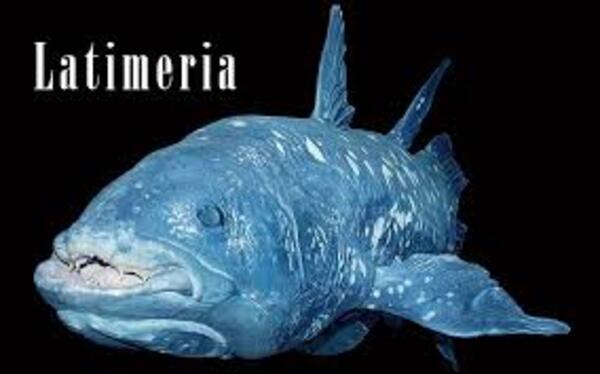
Ivory-Billed Woodpecker (Campephilus principalis):
Status: Controversially rediscovered in 2004 in the U.S.
Often called the "Lord God Bird," its sightings are debated but inspire hope.
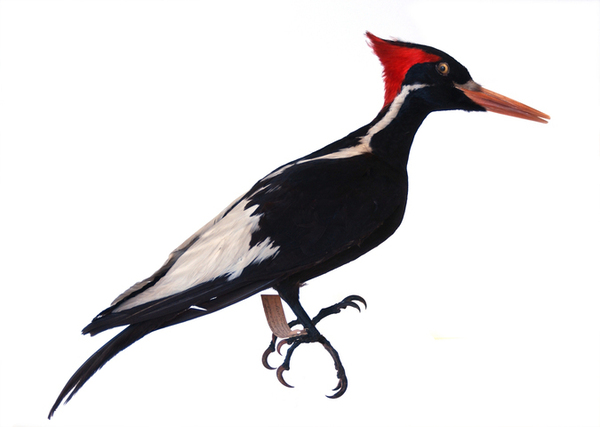
Takahe (Porphyrio hochstetteri):
Rediscovered: 1948 in New Zealand.
A large flightless bird thought extinct for 50 years.

Laotian Rock Rat (Laonastes aenigmamus):
Rediscovered: 1996 in Laos.
A rodent previously only known through fossils.
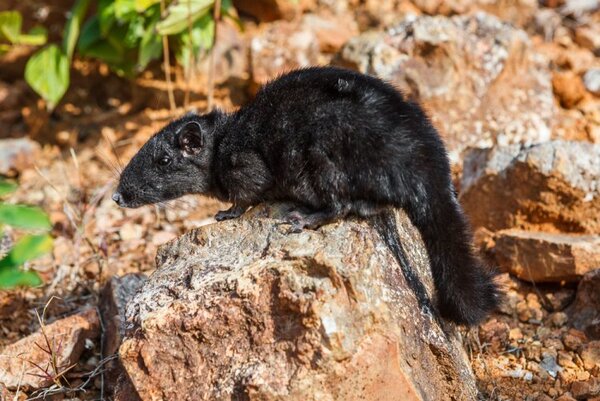
Fernandina Giant Tortoise (Chelonoidis phantasticus):
Rediscovered: 2019 in the Galápagos Islands.
Thought extinct for over 100 years, this tortoise was found during an expedition, bringing hope for its species' recovery.

Lord Howe Island Stick Insect (Dryococelus australis):
Rediscovered: 2001 on Ball’s Pyramid.
Known as "tree lobsters," these insects were presumed extinct since the 1920s.
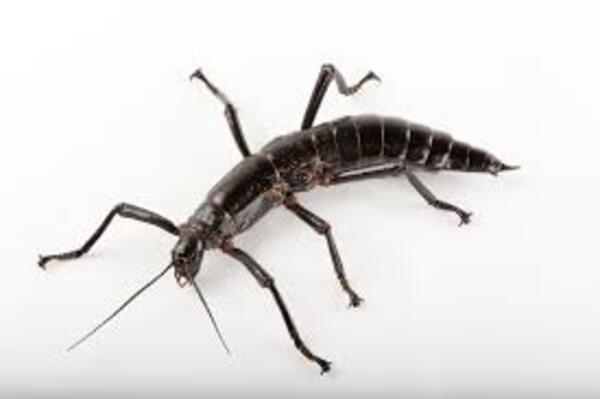
Pygmy Tarsier (Tarsius pumilus):
Rediscovered: 2008 in Indonesia.
A tiny primate believed extinct since the early 20th century.

Night Parrot (Pezoporus occidentalis):
Rediscovered: 2013 in Australia.
Among the rarest birds, it had gone unseen for over a century.
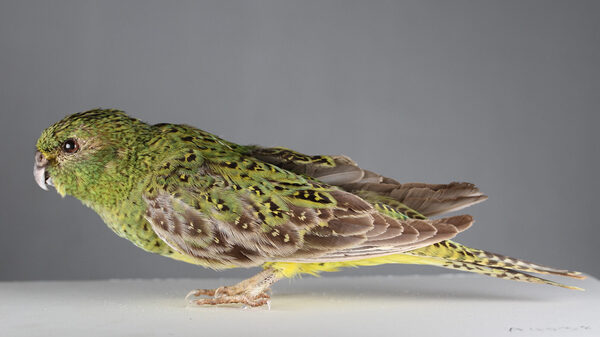
Terror Skink (Phoboscincus bocourti):
Rediscovered: 2003 in New Caledonia.
A carnivorous lizard thought extinct for 150 years.

Giant Palouse Earthworm (Driloleirus americanus):
Rediscovered: 2005 in the U.S.
Known for its unique odor of lilies.
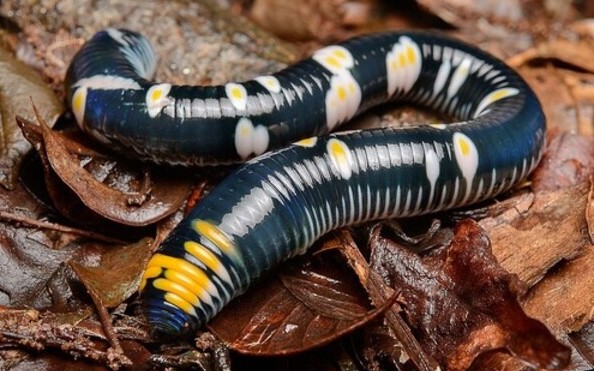
Remote Habitats:
Many rediscovered species are found in areas with limited human access, such as dense forests, deep oceans, or isolated islands.
Misidentification:
Early explorers or scientists might have prematurely declared species extinct due to insufficient data.
Improved Technology:
Advances in tracking, such as camera traps, drones, and DNA analysis, have increased the chances of finding lost species.
Environmental Changes:
Habitat restoration efforts have occasionally allowed species to reemerge.
Rediscovered species remind us of the resilience of nature and emphasize the need for conservation. These species often serve as flagship organisms for broader habitat protection initiatives.
The survival of Lazarus species provides valuable information about evolution, survival mechanisms, and ecological balance.
The rediscovery stories inspire public interest and highlight the importance of protecting biodiversity.
Some rediscoveries, like the ivory-billed woodpecker, are met with skepticism due to a lack of concrete evidence.
Once a species is rediscovered, increased human attention can sometimes lead to further threats, such as habitat destruction or poaching.
Conservation efforts often prioritize more “popular” rediscovered species over less charismatic ones, raising ethical questions about resource allocation.
Camera Traps:
Widely used to document elusive species in their natural habitats.
Genetic Testing:
Confirms rediscovered species’ identity and assesses genetic diversity.
Satellite Imaging:
Maps previously inaccessible terrains, aiding rediscovery missions.
Advances in cloning and genetic engineering have sparked discussions about "de-extinction." While promising, these efforts are met with both excitement and controversy.
Example: Efforts to bring back the woolly mammoth through DNA technology.
Challenges: Lack of suitable habitats, ethical concerns, and ecological risks.
Rediscovered species, or Lazarus species, are powerful reminders of nature's resilience and the importance of conservation. Their stories inspire us to protect the biodiversity we still have and remain hopeful for the species we have lost. As technology advances and our understanding of the natural world deepens, who knows what other “extinct” animals might still be out there, waiting to be found?
animal tags: Driloleirus-americanus
We created this article in conjunction with AI technology, then made sure it was fact-checked and edited by a Animals Top editor.